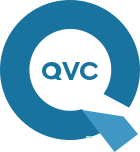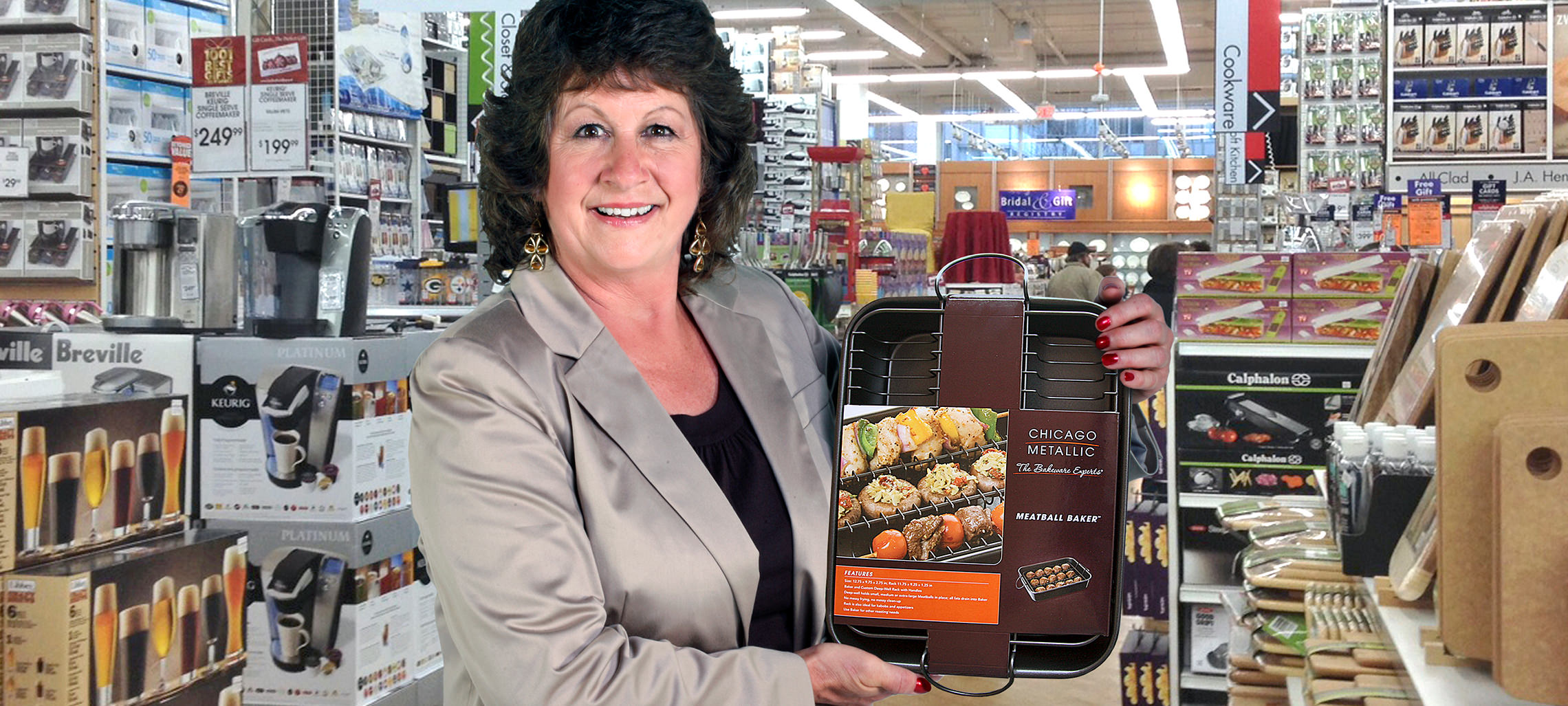
This invention was created using:
The Davison® 9-Step Inventing Method
Davison’s 9 Step Method offers our clients an informative experience that utilizes our technology and leverages our dedicated team of project managers designers, builders, and licensing agents who walk with inventors down the path of turning their idea in a product or app.
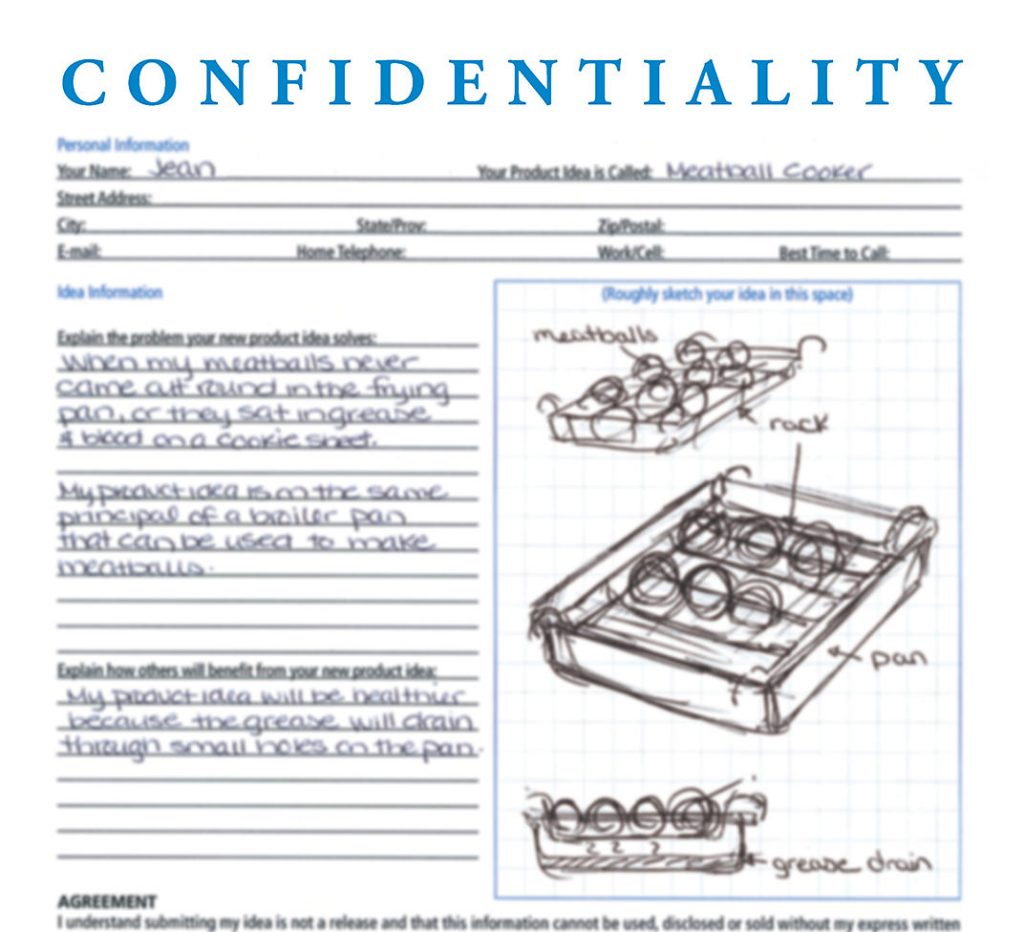
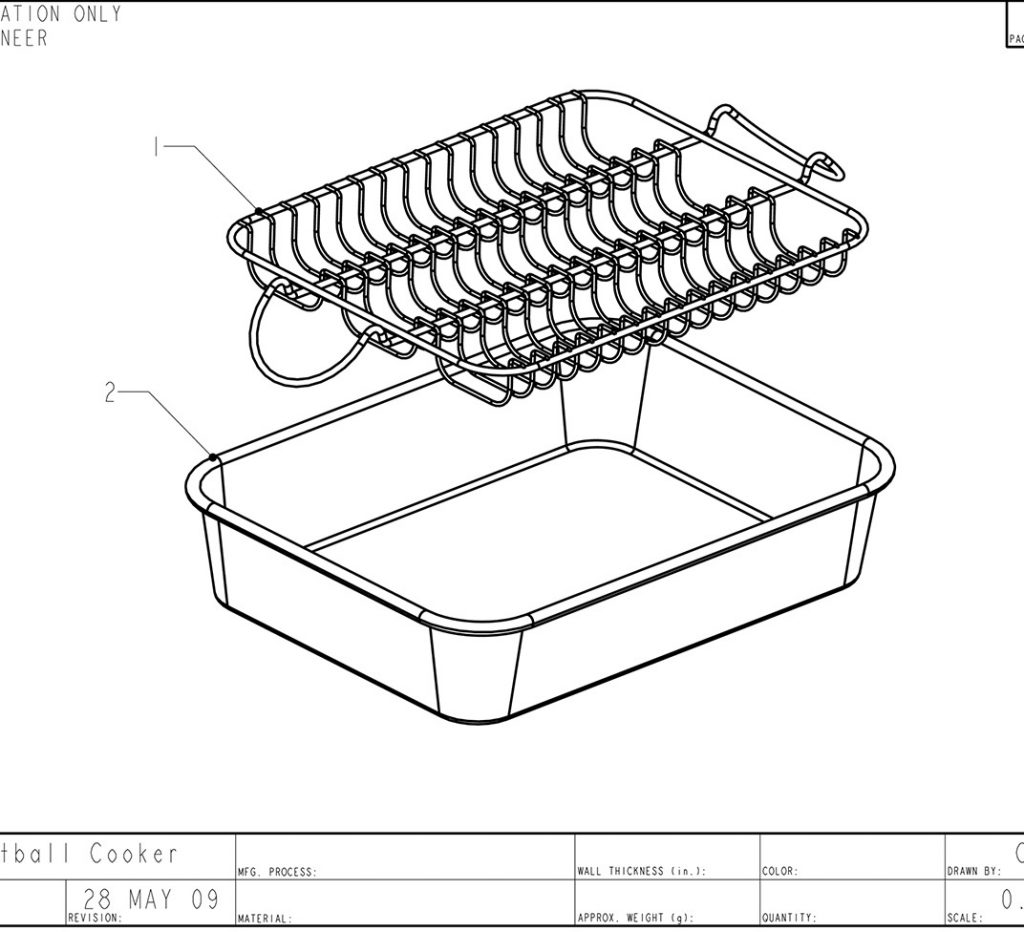
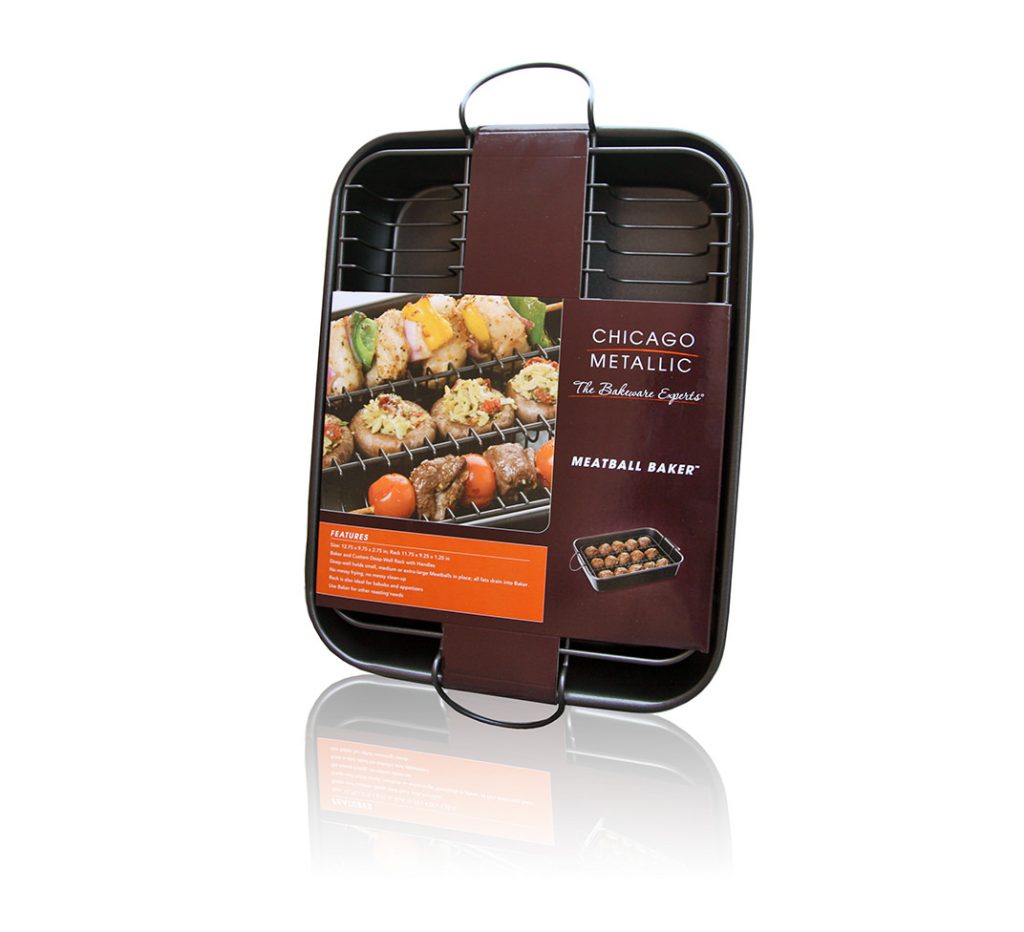
Jean’s husband wasn’t a big believer in her idea but he supported her anyway. The Meatball Baker was invented by Jean, a homemaker who grew discouraged every time she cooked meatballs for her family. They would always get flat in the pan and sit in their own grease – unhealthy as well as unappetizing. One day, she got an idea for a solution – a special type of baking pan. She sent us her idea and we listened to her story and believed in her. It’s a good thing we did because we found a company that wanted her idea. That company worked closely with us to transform the idea into a product and we put an agreement together for her to get paid on each pan sold. Thanks to Jean, people can eat healthier. Her pan bakes meatballs evenly and keeps them up and out of the grease, so all the fat drains away.

1 Confidentiality
Protect your idea with an Idea Security Agreement (ISA), or a Confidentiality Agreement before you speak with anyone, including a patent attorney.
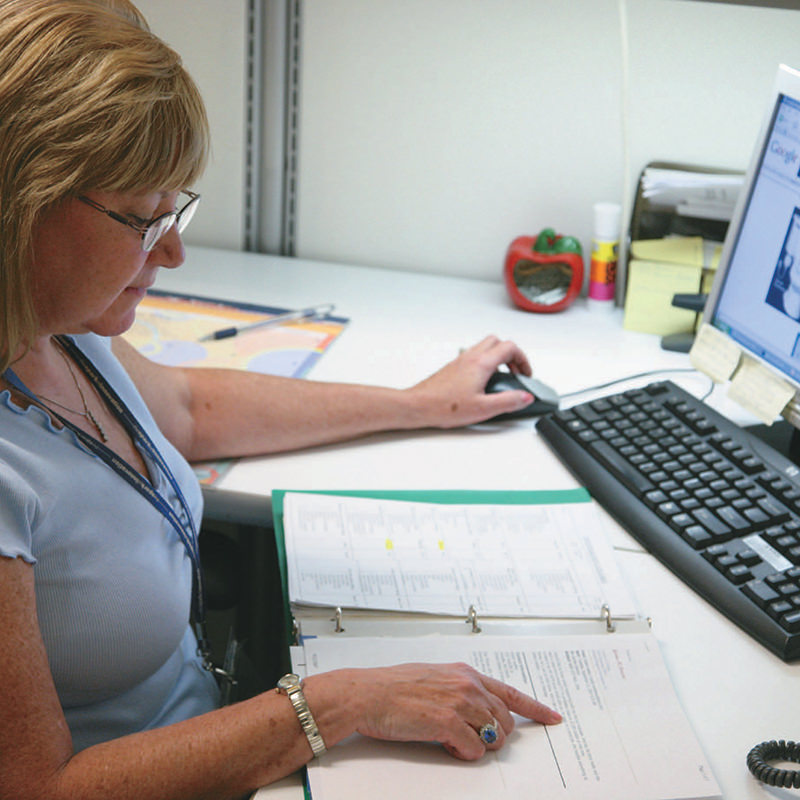
2 Pre-Development
We want to know as much as possible about the market where the idea will be going, the companies, products, and patents (patent search) in that market.
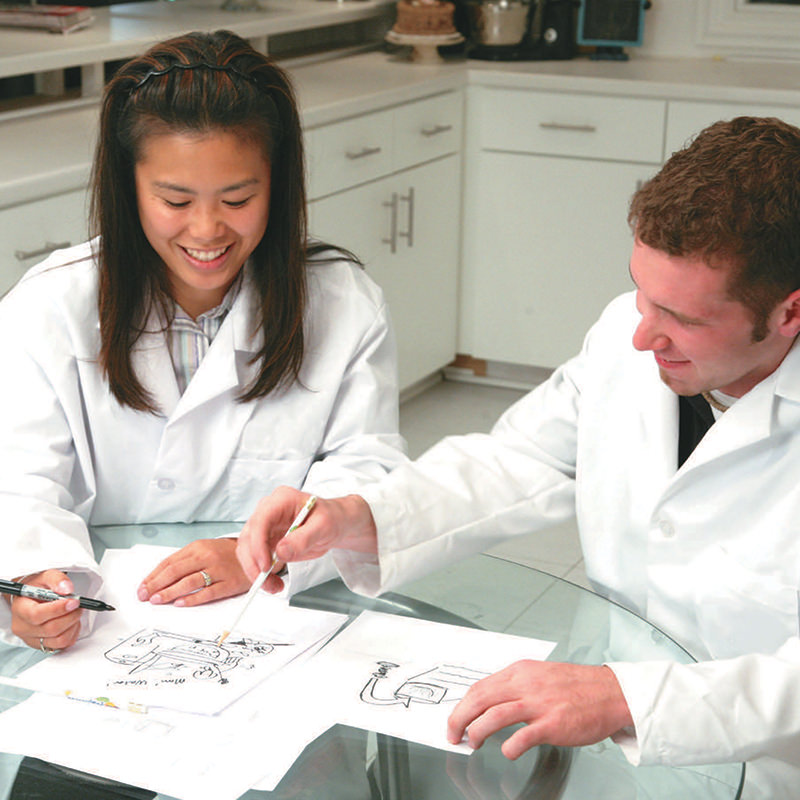
3 Brainstorming
Brainstorming is a very critical component of the inventing process. A team of people who are highly skilled in design, manufacturing, raw materials, and communications work together.
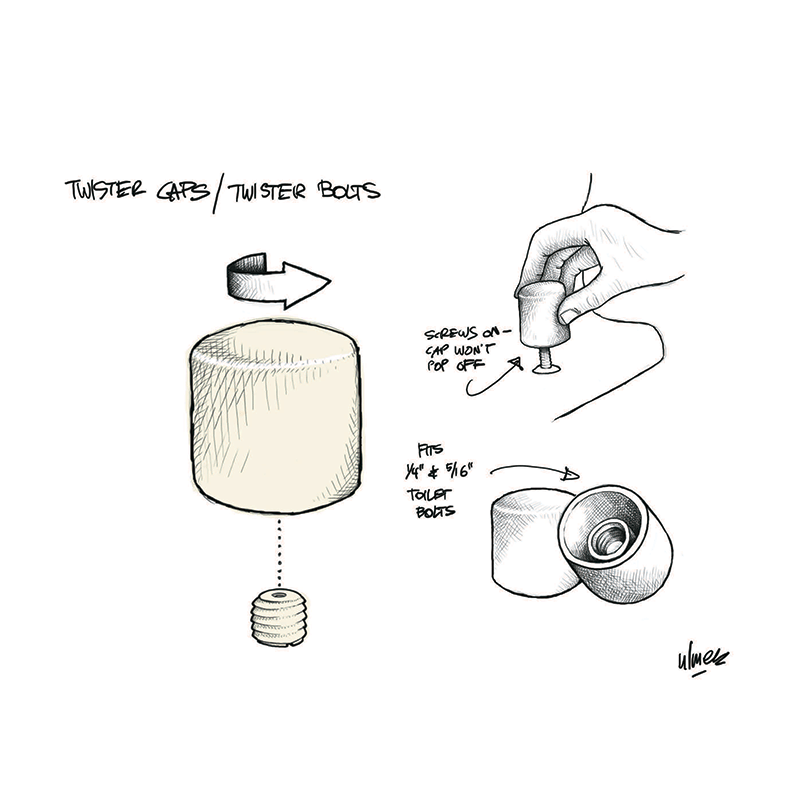
4 Ideation Sketch
Once a cost-effective solution is brainstormed, create an ideation sketch. The sketches are great communication tools, and let other people in the process understand the invention.
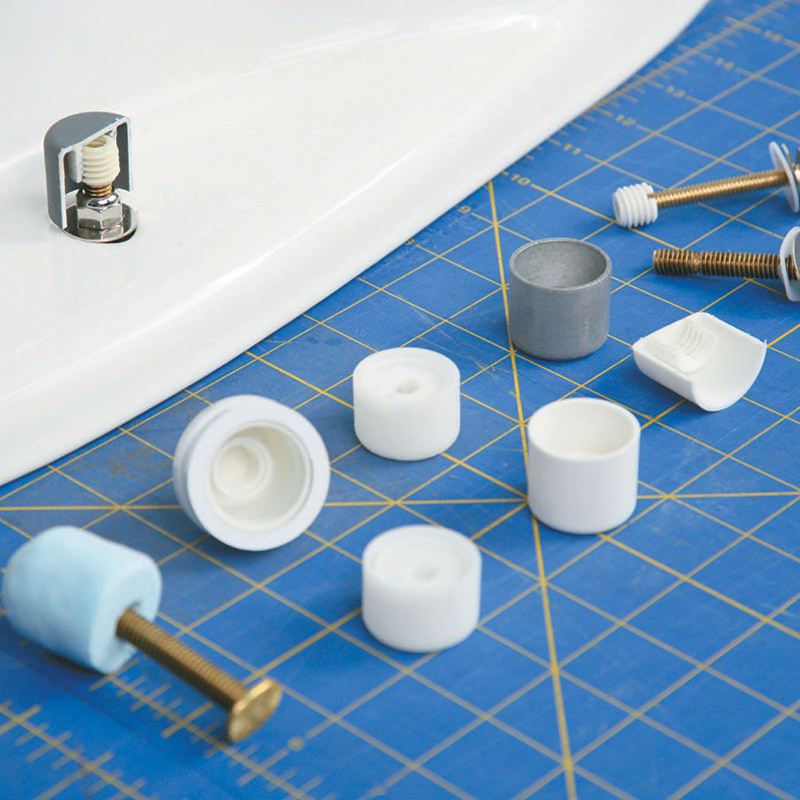
5 Concept Model
A concept model is a preliminary 3D working model based on the ideation sketch. In app development, the equivalent to a concept model is a wireframe diagram, which reflects the various types of functions and screens to be incorporated in the app. In gaining knowl- edge of a functioning model, changes can be noted for production and engineering.
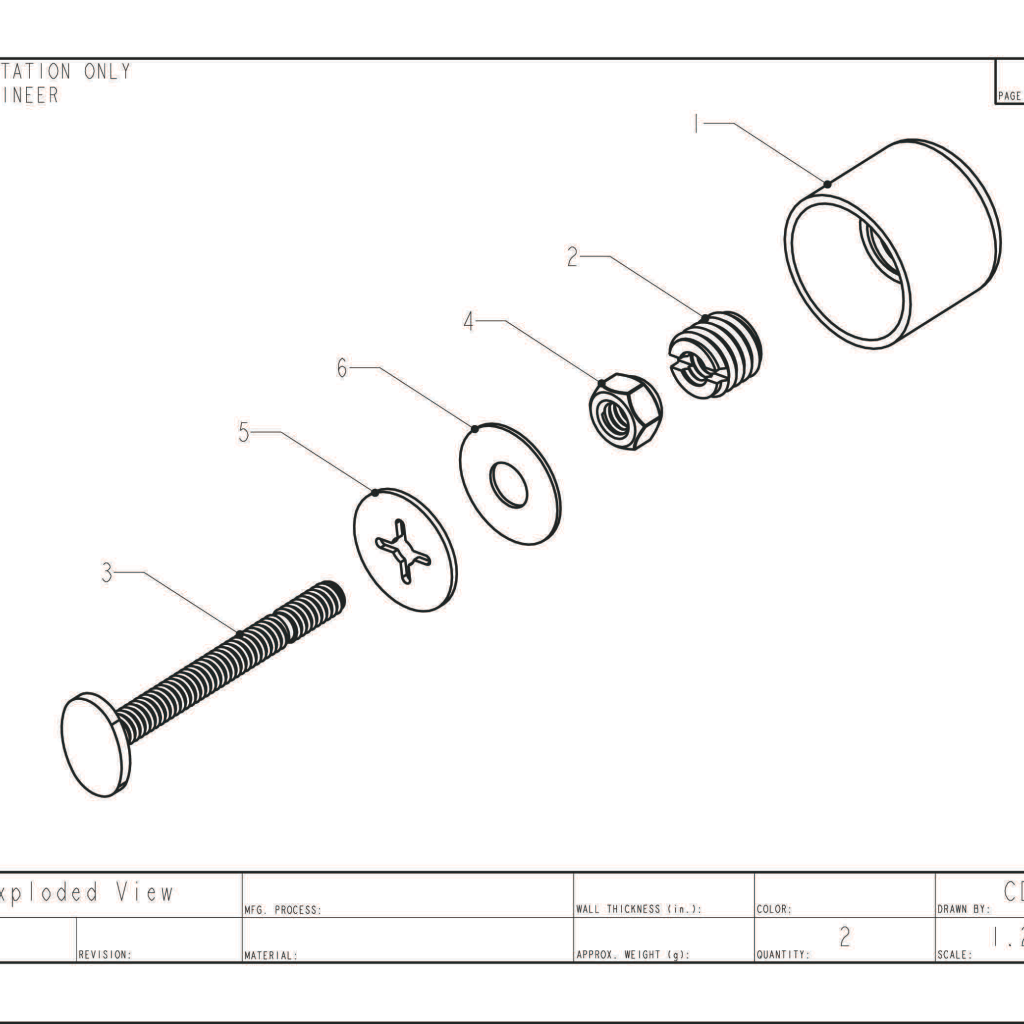
6 Engineering
Engineering takes precision thinking and the patience to contemplate every single part needed to build the product & how those components fit and work together.
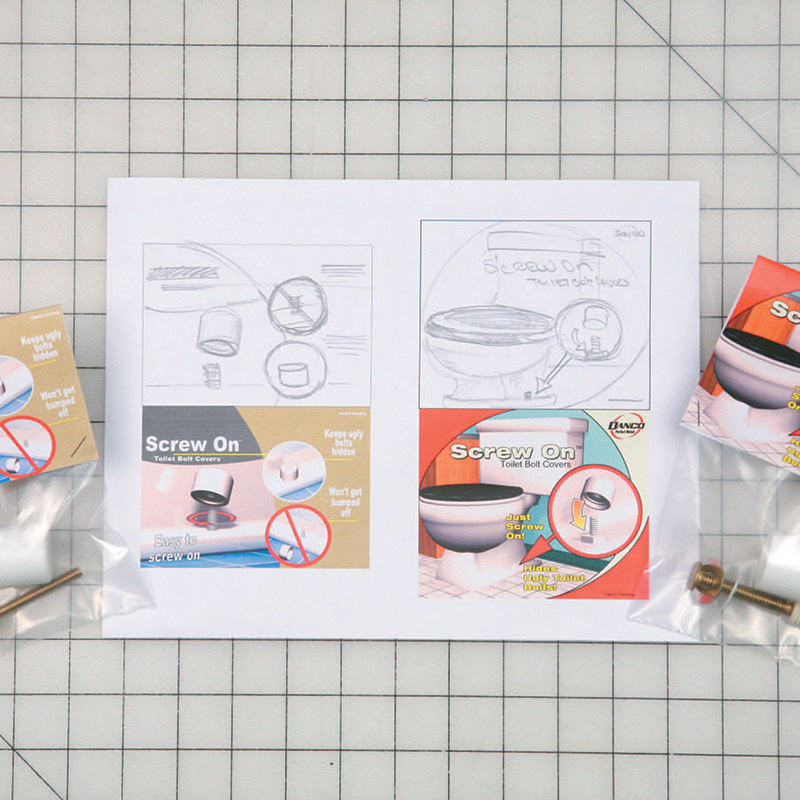
7 Package Design
After the packaging is designed, graphics are then created to showcase and maximize appeal to the customer. In the case of an app, graphics are designed for an app store sales display page.
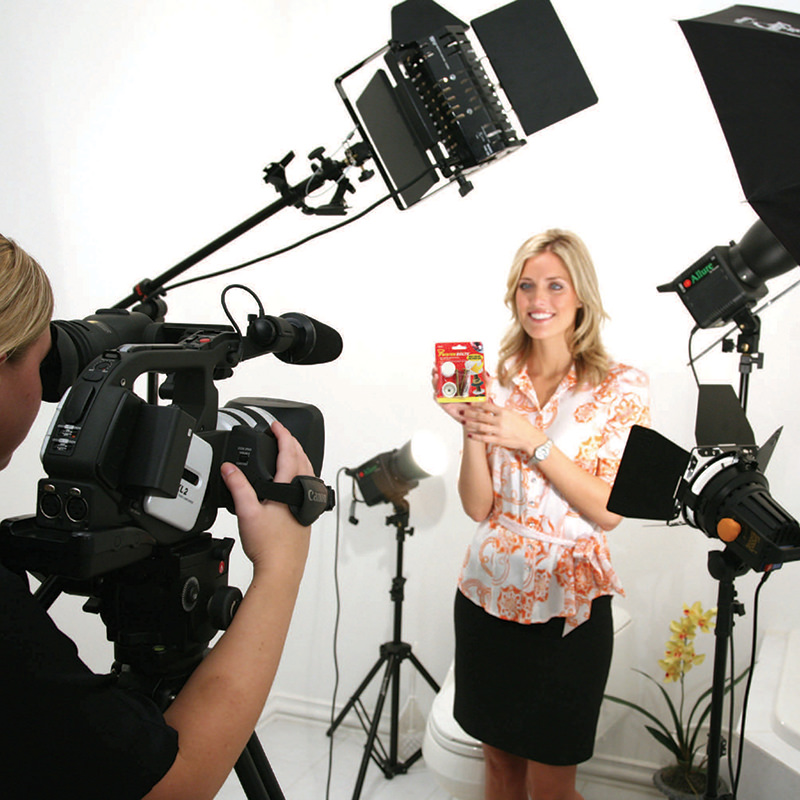
8 Graphic Design
The 3D virtual rendering represents what the actual product sample and packaging will look like. The drawings are transferred to machines that can create the components needed to make a product sample. For digital apps, a similar method applies, except the wireframe is utilized to move forward into the development of the final app.
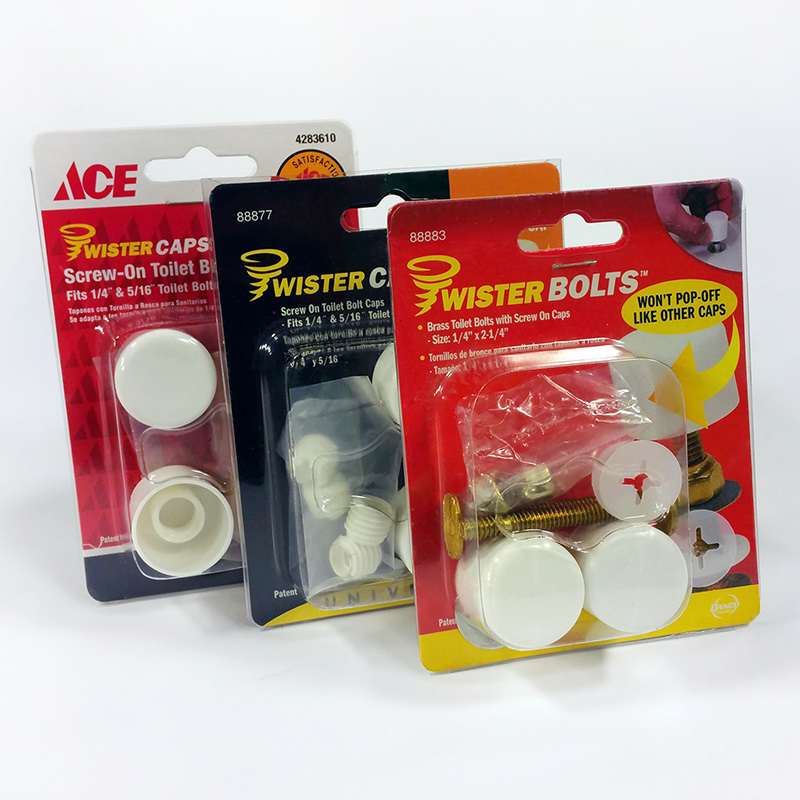
9 Product Sample
The development process continues when a fully functional product sample is created, and we begin to speak with companies about potential licensing opportunities and filing and paying for our client’s patent work. In the case of apps, the inventor is given access to a test version of the app to begin the process of placing an app into the market for downloads.
The “after” in the above case study is not meant to represent that all ideas go to market, get licensed and sell in stores and online. All ideas have their own journey. Some ideas go on to make history while others at least fail while daring greatly. Davison offers our clients an informative experience that utilizes our technology and leverages our dedicated team of project managers, designers, builders, and licensing agents who walk side by side with our inventors on their journey every step of the way. Davison charges fees for services. The typical inventor’s product is not licensed, profitable or sold in stores.
The photo above is of Jean, the actual client who was not paid for her endorsement of our company.



